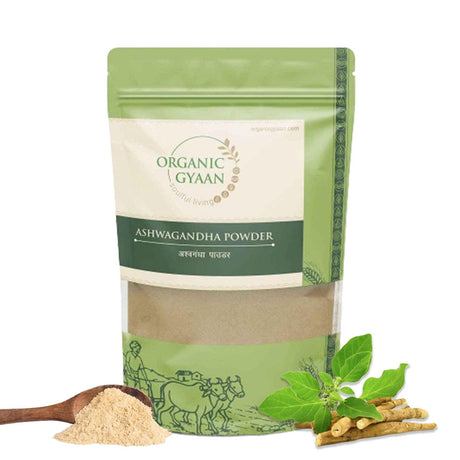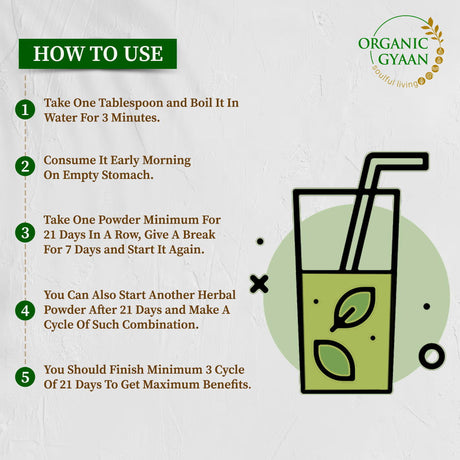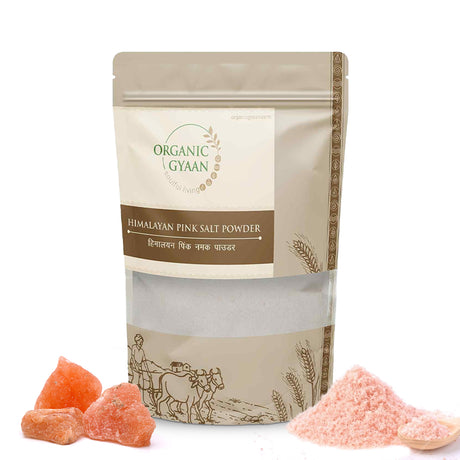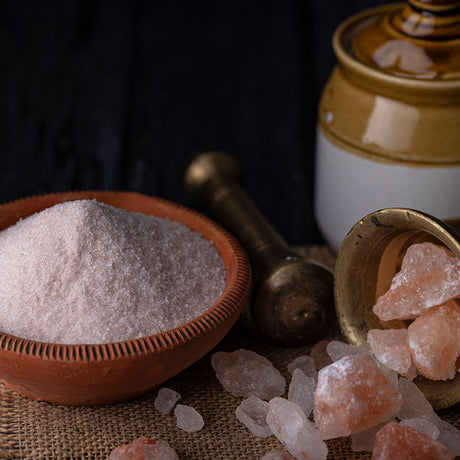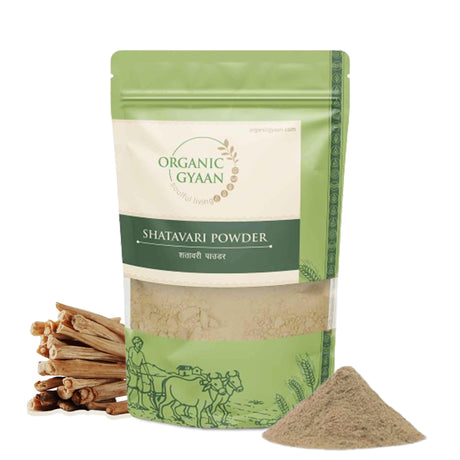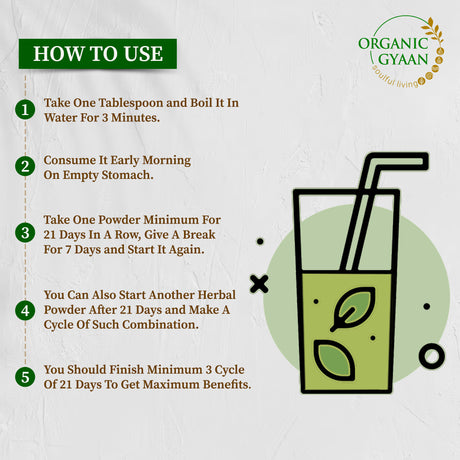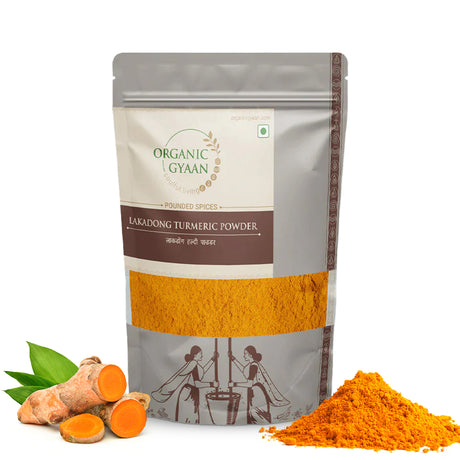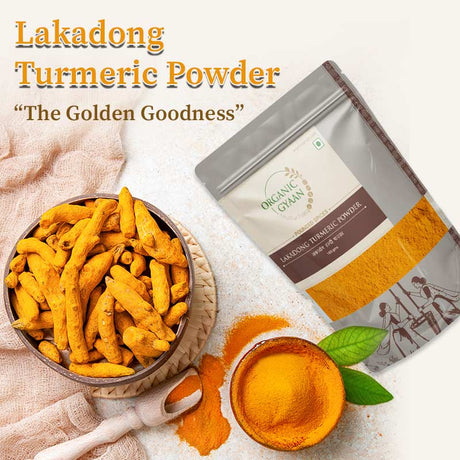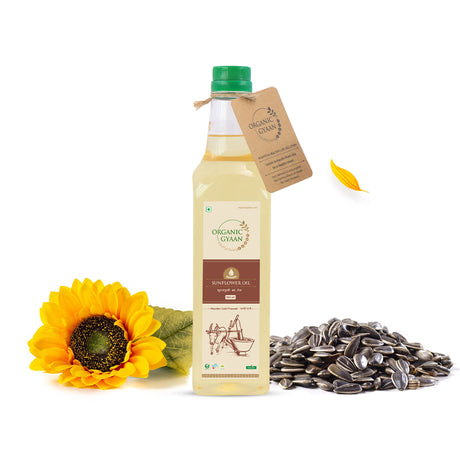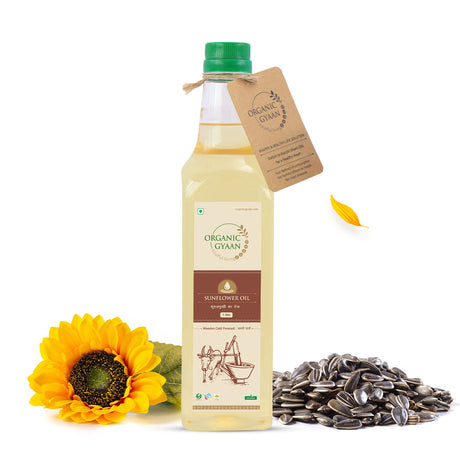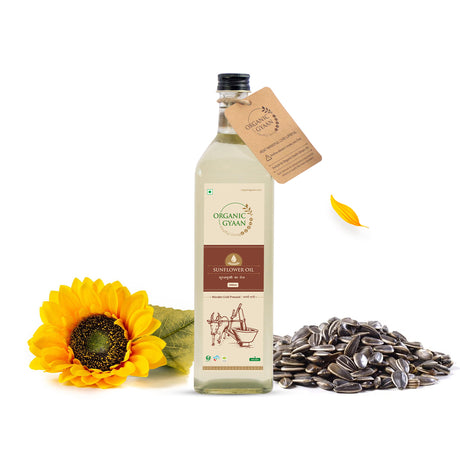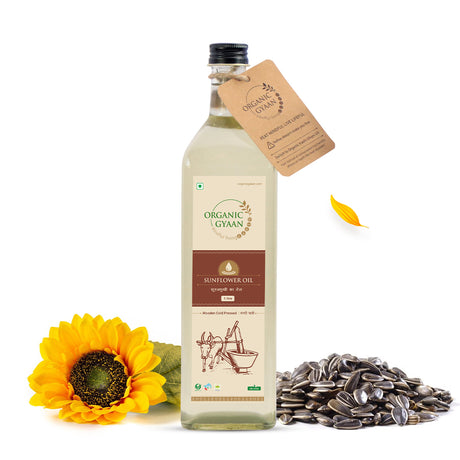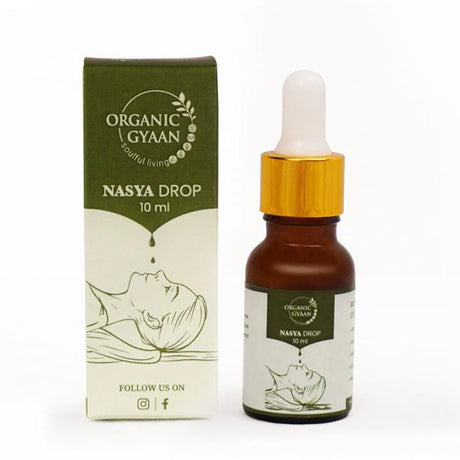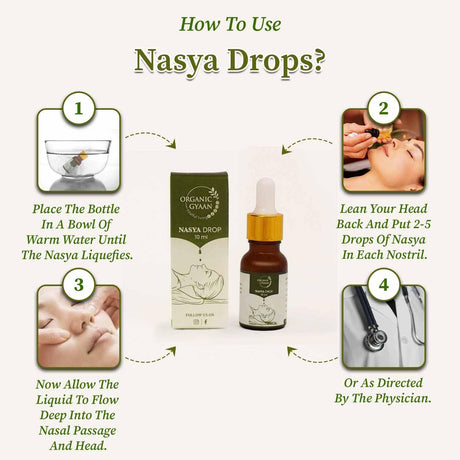Did you know that ghee, a staple in Indian kitchens, can work wonders for your hair? Ghee has been used for centuries not just in cooking but also in traditional beauty rituals. But is ghee good for hair, and how can you use it to get luscious locks? In this blog, we'll explore the benefits, side effects, and various ways to use ghee for hair care.
Introduction to Ghee for Hair
Ghee, also known as clarified butter, is a rich source of essential fatty acids, vitamins, and antioxidants. It's a natural moisturizer that can deeply nourish your hair and scalp. The primary keyword, ghee for hair, is increasingly being recognized for its ability to improve hair health and enhance hair growth. Let's dive into the numerous benefits, potential side effects, and practical uses of ghee on hair.
Benefits of Ghee for Hair
1. Deep Conditioning
Ghee acts as an excellent deep conditioner for hair. Its rich fatty acid content helps to deeply penetrate the hair shaft, providing intense moisture and making the hair soft and shiny. This deep conditioning effect helps to repair dry and damaged hair, making it more manageable and less prone to breakage.
How to Use:
- Warm up a few tablespoons of ghee.
- Apply it to your scalp and hair, focusing on the ends.
- Leave it on for at least 30 minutes before washing it off with a mild shampoo.
2. Promotes Hair Growth
Is ghee good for hair growth? Absolutely! The vitamins and antioxidants in ghee, such as vitamins A, D, E, and K, help nourish the scalp and strengthen hair follicles, promoting healthier and faster hair growth. Regular scalp massages with ghee can improve blood circulation to the scalp, stimulating hair growth and preventing hair loss.
How to Use:
- Massage warm ghee into your scalp.
- Leave it overnight and wash it off in the morning for the best results.
3. Reduces Frizz
Ghee can help tame frizzy hair by providing essential moisture and smoothing out the hair cuticles. This makes your hair more manageable and reduces the appearance of split ends. The fatty acids in ghee coat the hair, adding a natural shine and preventing frizz caused by dryness and humidity.
How to Use:
- Apply a small amount of ghee to the ends of your hair.
- Comb through to distribute evenly before styling.
4. Prevents Dandruff
Ghee's moisturizing properties can help combat dryness and dandruff. Regular application can soothe an itchy scalp and reduce flakiness. The antifungal properties of ghee also help in treating dandruff by keeping the scalp hydrated and reducing dryness that leads to dandruff.
How to Use:
- Mix ghee with a few drops of tea tree oil.
- Massage it into your scalp and leave it for 20-30 minutes before washing off.
5. Adds Shine
Using ghee on hair can add a natural shine, making it look healthier and more vibrant. The fatty acids and vitamins in ghee help to nourish and coat the hair, giving it a glossy finish. This shine-enhancing property makes ghee an excellent choice for dull and lifeless hair.
How to Use:
- Use ghee as a hair mask once a week.
- Leave it on for about an hour before rinsing thoroughly.
6. Repairs Damage
Ghee can help repair damaged hair by providing essential nutrients that strengthen the hair shaft and prevent further breakage. This makes it ideal for those with chemically treated or heat-damaged hair. The nourishing properties of ghee help to restore the health of the hair, making it stronger and less prone to damage.
How to Use:
- Apply ghee generously to your hair and scalp.
- Cover your hair with a shower cap and leave it on for a couple of hours before washing off.
Side Effects of Ghee on Hair
While ghee benefits for hair are numerous, it's essential to be aware of potential side effects. Using too much ghee can make your hair greasy and attract dirt, leading to clogged pores on the scalp. It’s also possible to have an allergic reaction, although this is rare.
Tips to Avoid Side Effects:
- Use ghee in moderation to avoid greasiness.
- Ensure you rinse out the ghee thoroughly to prevent residue buildup.
- Perform a patch test before using ghee if you have sensitive skin or are prone to allergies.
How to Use Ghee for Hair
1. As a Hair Mask
Mix ghee with other beneficial ingredients like honey, yogurt, or aloe vera to create a nourishing hair mask. Apply it to your hair and scalp, leave it on for 30 minutes to an hour, and then wash it off with a mild shampoo.
2. As a Leave-In Conditioner
For extra frizz control and shine, you can use a small amount of ghee as a leave-in conditioner. Warm a tiny bit between your palms and apply it to the ends of your hair.
3. As a Scalp Treatment
Ghee can be massaged into the scalp to help with dryness and dandruff. Leave it on for about 30 minutes before washing it off with a gentle shampoo.
4. Mixed with Essential Oils
Enhance the benefits of ghee by mixing it with essential oils like rosemary, lavender, or tea tree oil. This combination can address specific hair concerns like dandruff or hair loss.
Conclusion
Ghee for hair is a natural and effective way to achieve healthier, shinier, and more manageable locks. Its numerous benefits, from deep conditioning to promoting hair growth, make it a valuable addition to your hair care routine. However, it's important to use it correctly to avoid any potential side effects.
Ready to transform your hair with the natural goodness of ghee? Start incorporating a2 bilona ghee into your hair care routine today and experience the difference it can make.




